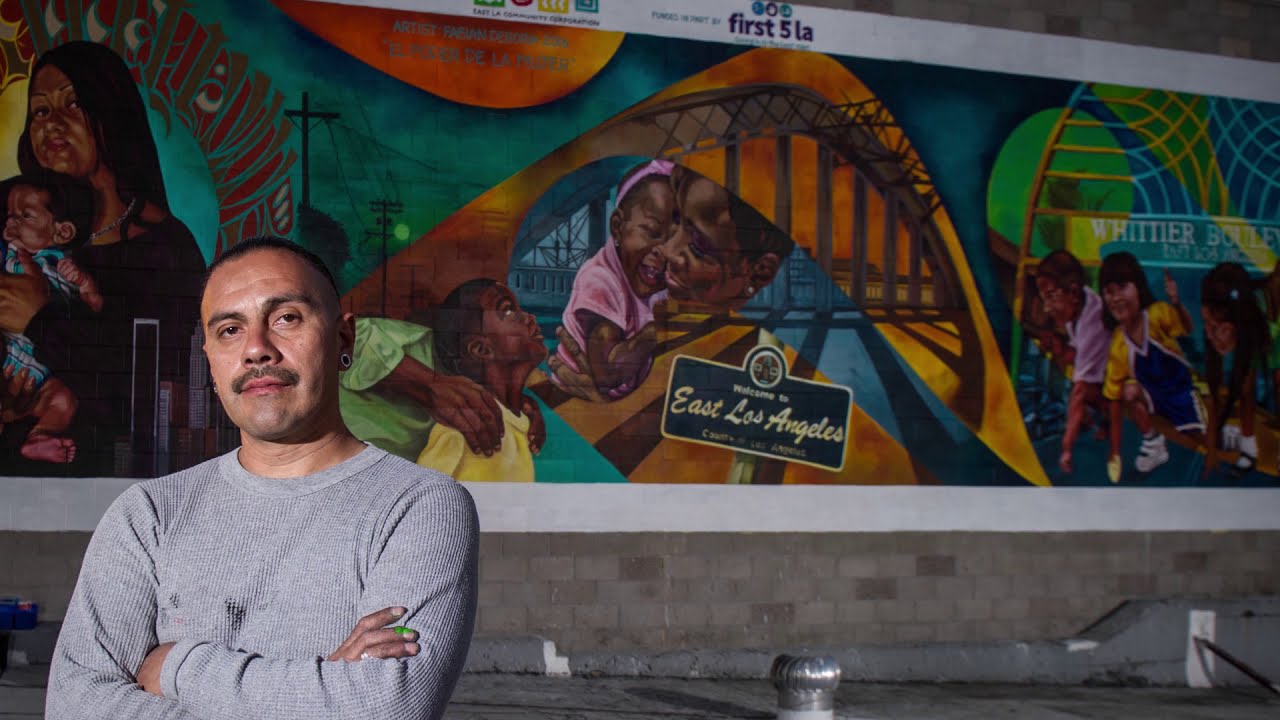Once Upon a Time in Chavez Ravine | Lost LA | KCET
Summary
TLDRThe story of Chavez Ravine, a once-thriving Mexican American community in Los Angeles, is a poignant tale of displacement. In the 1950s, the city sought to build public housing on the land, forcing residents out through eminent domain. Despite legal battles, by 1959, only a few families remained before being evicted. The land was ultimately given to the Dodgers, leading to the creation of Dodger Stadium in 1962. While the stadium brought new opportunities, the community was lost, leaving behind memories of a neighborhood erased by the city’s development plans.
Takeaways
- 😀 Chavez Ravine was a peaceful barrio in Los Angeles, home to many Mexican American families before its demolition.
- 🏙️ The city of Los Angeles planned to build 10,000 new public housing units in the area, displacing the existing residents.
- 📬 In 1950, the city sent eviction letters to the residents, promising them a chance to return to new public housing.
- ⚖️ Some residents fought the evictions in court, but by 1952, most had left, with only 20 families remaining by 1957.
- 💸 Many families sold their homes for very little money, while others resisted leaving and challenged the land seizure.
- 👷 Bulldozers demolished many of the abandoned houses, and the fire department used some for training exercises.
- 📅 In 1959, the remaining residents were forcibly evicted, a day remembered as 'Black Friday' by the community.
- ⚾ In 1962, Dodger Stadium opened on the land where Chavez Ravine once stood, forever changing the landscape of the area.
- 🏠 The displacement was part of a deal between the city and the Dodgers, which was contested in a long legal battle, even involving the Supreme Court.
- 🤔 While Dodger Stadium brought economic growth and unity to the city, it came at the cost of erasing a vibrant community.
- 🕊️ The loss of Chavez Ravine is a painful chapter for some, and many residents or their descendants still remember the community that was destroyed.
Q & A
What was Chavez Ravine?
-Chavez Ravine was a small Mexican American barrio located in the hills north of Los Angeles. It was a close-knit community where families lived in peace and celebrated local traditions like pachangas and quinceañeras.
What was the city's plan for Chavez Ravine in the 1950s?
-In the 1950s, the city of Los Angeles planned to build a public housing development in Chavez Ravine under the American Housing Act of 1949. The project aimed to provide 10,000 new public housing units for low-income families.
What happened after the city's housing development plan was announced?
-After the housing development plan was announced, the city sent letters to the residents of Chavez Ravine informing them that they would be given the first chance to move back into the new development. However, the project faced resistance, and by 1952, most of the community had been abandoned.
How did some residents respond to the city's actions?
-Some residents resisted the city's plan and fought against the eviction orders in court. However, many others sold their homes for very little money, believing in the city's promises.
What happened to the land after the housing project was canceled?
-After the public housing project was canceled, the land remained in limbo for many years. Some houses were demolished by bulldozers, while others were given to the fire department for training purposes.
How many families remained in Chavez Ravine by 1957?
-By 1957, only 20 families remained in Chavez Ravine, continuing to resist eviction and fighting the city's actions in court.
What was the role of the Dodgers and Walter O'Malley in the Chavez Ravine story?
-In the late 1950s, the city struck a deal with the Dodgers and team owner Walter O'Malley, promising them the land of Chavez Ravine for a new stadium. This led to a legal battle and eventual eviction of the remaining residents.
What happened on May 9th, 1959, in Chavez Ravine?
-On May 9th, 1959, known as Black Friday, sheriff's deputies and bulldozers arrived to forcibly evict the last remaining families from Chavez Ravine. This marked the complete end of the community.
When did Dodger Stadium open, and what was its significance?
-Dodger Stadium opened on April 10th, 1962, just three years after the eviction of the remaining families from Chavez Ravine. The stadium's construction symbolized the erasure of the barrio and its people, but it also brought the city together for the love of baseball.
Why do some people still remember Chavez Ravine with bitterness?
-Some people still harbor resentment and never forgive the city's actions, as they feel the forced eviction destroyed a beloved community. Others are unaware of the history of Chavez Ravine and the neighborhood that was displaced to make way for Dodger Stadium.
Outlines

Cette section est réservée aux utilisateurs payants. Améliorez votre compte pour accéder à cette section.
Améliorer maintenantMindmap

Cette section est réservée aux utilisateurs payants. Améliorez votre compte pour accéder à cette section.
Améliorer maintenantKeywords

Cette section est réservée aux utilisateurs payants. Améliorez votre compte pour accéder à cette section.
Améliorer maintenantHighlights

Cette section est réservée aux utilisateurs payants. Améliorez votre compte pour accéder à cette section.
Améliorer maintenantTranscripts

Cette section est réservée aux utilisateurs payants. Améliorez votre compte pour accéder à cette section.
Améliorer maintenant5.0 / 5 (0 votes)






